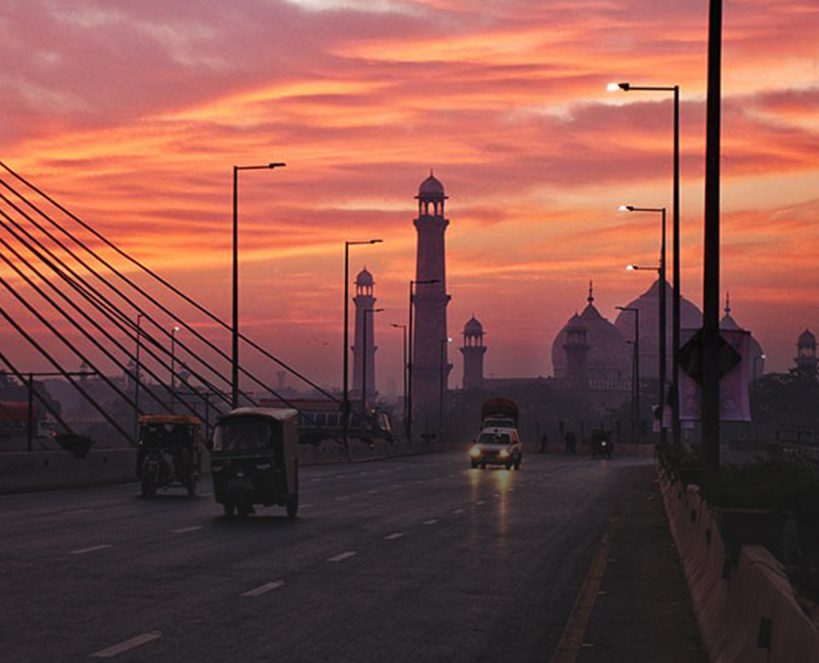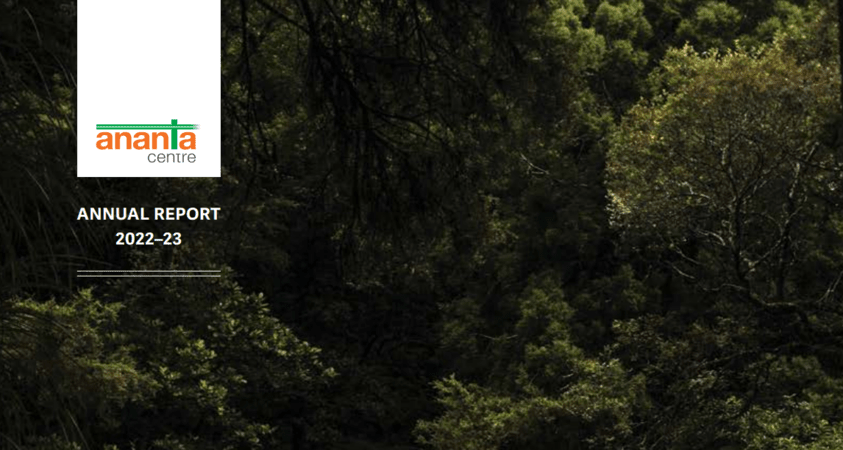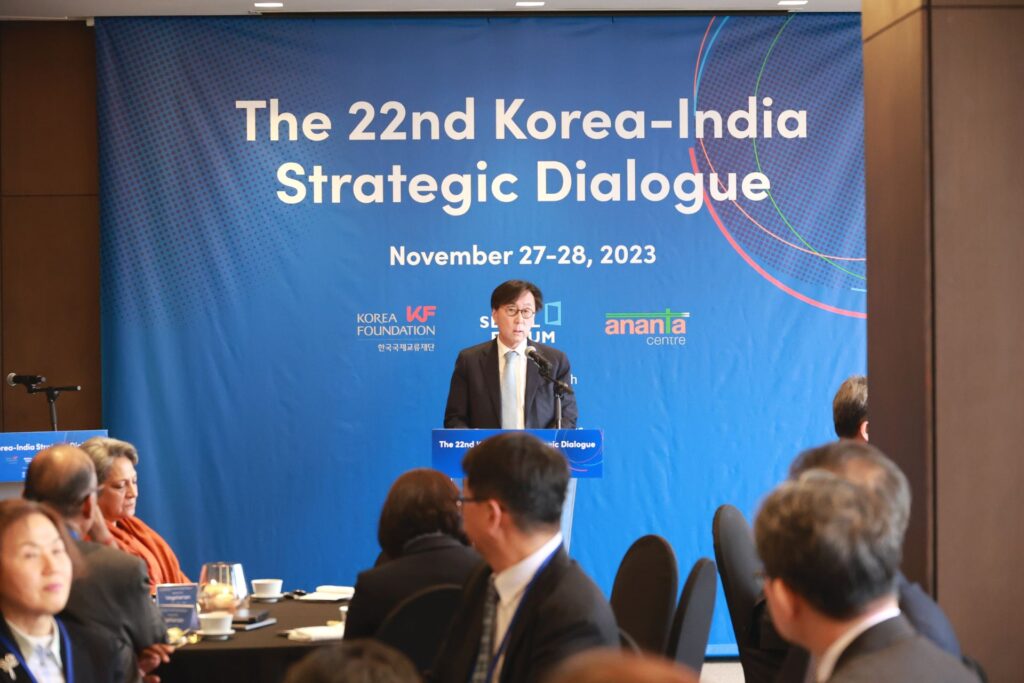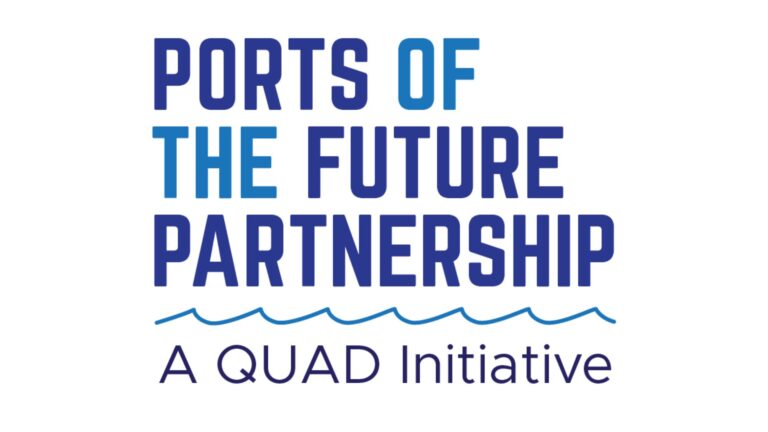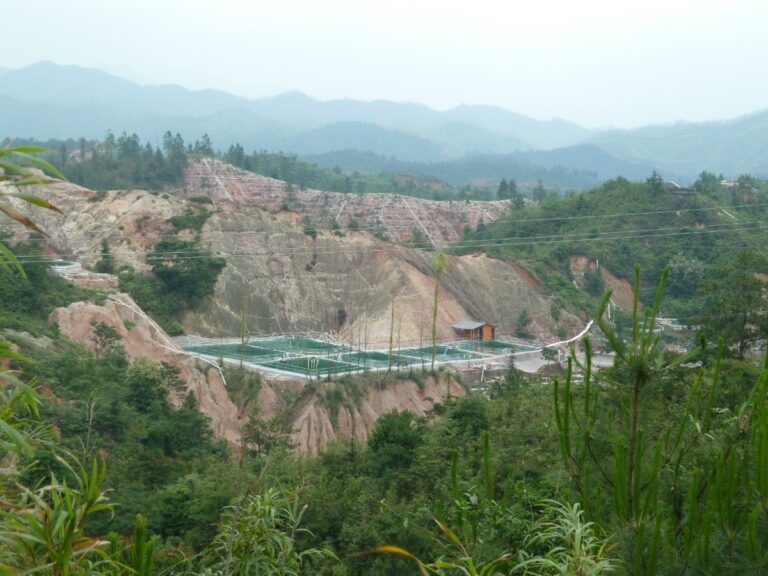Speaking recently, Lt. General Rahul R Singh, Deputy Chief of Army Staff, said that China provided “all possible support” to Pakistan during Operation Sindoor. It treated the military conflict as a “live lab” to test its weapon systems; hoping to kill the adversary with a “borrowed knife” and “use the neighbour to cause pain”. He added that China provided Pakistan live inputs concerning Indian operational deployments, including by reportedly leveraging its fishing fleet to monitor the Indian naval deployments. Diplomatically, China supported Pakistan’s right to defend its sovereignty and legitimate security interests and its diversionary proposal for an “impartial” international probe into the Pahalgam terror attack. It helped Pakistan in diluting the UNSC statement concerning the attack. This was not a surprise, but a live manifestation of the China-Pakistan axis that has been in the making from the early 1960s and has rapidly widened and deepened since the turn of the century.
Factors Underpinning the Relationship
Unlike the US-Pakistan relationship that has remained transactional, the China-Pakistan axis is founded on their strategic congruence in containing India. Other factors underpinning it are: Pakistan’s strategic location which, inter alia, provides China a route to the Arabian Sea and beyond, bypassing the maritime choke points in the east and the potential to project its naval power in the region; a closer relationship with Pakistan serving as a hedge against extremism and terrorism flowing from the Af-Pak region to China’s restive Xinjiang province; and the indispensability of China’s military, economic, political and diplomatic support for sustenance of Pakistan’s strategic goals vis a vis India.
Military Collaboration
Military Collaboration covering, inter alia, high level military exchanges; arms supplies and joint production; and growing interoperability of the armed forces, constitutes the core of the China-Pakistan axis. China was instrumental in setting up the key facilities of Pakistan’s military-industrial complex such as the Aeronautical Complex, Kamra, Heavy Industries, Taxila and National Defence Complex (missile facility) at Fateh Jang.
Pakistan’s western sources of arms supplies having dried up due to strategic considerations/ its inability to pay, its dependence on China has grown rapidly. According to SIPRI, 81% of Pakistan’s arms imports during 2020-24 came from China, up from 74% during 2015-19. Supplies from China or joint production with Chinese technological inputs have over the years covered tanks, armoured vehicles, aircraft for the air force such as JF-17 Block 2 and 3, the more advanced J-10C, advanced long range drones, air defence systems, missiles and guided bombs and armed UAVs. According to recent reports, Pakistan is also likely to acquire China’s advanced stealth aircraft J-35 and Shaanxi KJ-500 AEW&C aircraft.
Naval supplies and orders from China have also grown rapidly in recent years and include: F22-P frigates, fast attack craft (missile), helicopters, type 054A/P frigates, eight Hangor class submarines and medium altitude long-endurance unmanned combat aerial vehicles.
Interoperability between the armed forces of the two countries has grown as a result of periodic joint exercises. In 2003, the Pakistan navy became the first foreign navy to conduct a joint exercise with the Chinese navy. The two navies have interacted regularly through joint exercises, port calls and training and dialogue on naval matters.
Intelligence Collaboration
Intelligence collaboration has intensified over the years. In 2020, the two sides concluded an agreement that would enable specially designated Pak armed forces officers to interact with the Chinese intelligence infrastructure under the aegis of the Joint Staff Department of the Chinese Central Military Commission. There were reports in 2021 that Pakistan army liaison officers had been posted in the headquarters of China’s Western and Southern Theatre Commands. Pakistan has also been given unrestricted access for military use of the Chinese BeiDou navigation system. Such collaboration developed over the years enabled China to provide real time intelligence to Pakistan during Operation Sindoor.
The two countries have been collaborating in mounting cyber-attacks and social media campaigns against India. This was seen during China’s aggressive moves in eastern Ladakh in 2020 and Operation Sindoor.
Two Front Threat
Indian strategists have often spoken of the two front threat posed by the China-Pakistan axis. This could result from a decision by the two countries to mount a joint military campaign against India or one of the two trying to take advantage of India’s military conflict with the other. However, China has in general preferred to contain India militarily through Pakistan. Thus, while instigating Pakistan’s aggressions against India in 1965 and 1971, China itself did not get involved. This policy was at display during Operation Sindoor also and is the more likely scenario of the threat that India faces: Pakistan backed by China. However, should Indian military moves at any stage threaten China’s critical CPEC equities in Pakistan and the areas illegally occupied by it, we could see the Chinese getting more directly involved, including by conducting aggressive moves on the LAC. Protecting the Chinese workers and assets of the China-Pakistan Economic Corridor was assigned as one of its operational tasks to PLA’s Western Theatre Command established in 2016.
Nuclear Collaboration
China has made a key contribution to the development of Pakistan’s nuclear arsenal by providing technical assistance, including the design of a device tested by it in the 1960s and the reported testing of a Pakistani device at China’s Lop Nur test site subsequently. China’s help has been equally critical for development of Pakistan’s weapon delivery systems. Besides setting up the aforementioned Fateh Jang missile facility, China also supplied its M-11 and M-9 missiles to Pakistan in the 1990s to help it develop its own missiles. China’s help may also help Pakistan in its quest to acquire a sea-based nuclear capability and a nuclear triad. It is reported that Pakistan may base its 450 kilometres range Babur-3 nuclear tipped cruise missiles on the Hangor class submarines being supplied by China.
Having declared only two nuclear power reactors (325 megawatt each) to be set up at Chashma in Pakistan for coverage by the “grandfather clause” at the time of its entry into the Nuclear Suppliers Group (NSG) in 2004, China has continued to set up more reactors in Pakistan on the pretext of a 1986 agreement for co-operation concerning nuclear power. It has subsequently built two more reactors (340 megawatt each) at Chashma and two (1100 megawatt each) near Karachi. In 2023, the two countries signed an agreement for construction by China of yet another 1200 megawatt nuclear power reactor at Chashma.
China-Pakistan Economic Corridor (CPEC)
China is now more deeply invested in Pakistan than ever before because of its strategic CPEC investment. A total investment of $62 billion had been announced during Xi Jinping’s visit to Pakistan in 2015. It was to cover, inter alia, road infrastructure linking Xinjiang to Gwadar on Pakistan’s Makran coast, upgradation of the rail link between Peshawar and Karachi, building of hydroelectric and water storage projects, setting up of fossil fuel fed power plants by independent power producers from China, as well as Special Economic Zones. Media reports also spoke of China’s deeper involvement in agriculture and various other sectors. The economic rationale of CPEC highlighted by China and Pakistan was overblown. China may well have aimed at close economic linkages with its loyal ally, Pakistan, but it was in reality a strategic project. China had completed the first phase of the Gwadar port in 2007, but did not take over its operations largely due to the fraught security situation in Balochistan. However, in 2013, China Port Holding Co. Ltd took over the port operations and building of its second phase in the absence of much change in the security situation, signalling China’s strategic designs on its use and that of other Pakistani ports as its exit to the sea and potential projection of its naval power in the Arabian Sea with two oil supply choke points of the Straits of Hormuz and Bab-el-Mandeb.
CPEC has been dogged by controversies within Pakistan concerning the economic concessions given to China and enhancement of debt burden; low investment absorption capacity of the Pakistani economy; administrative bottlenecks; and above all multiple terror attacks against the Chinese personnel working on the CPEC projects. The total investment made so far has been around $25 billion, a far cry from the originally announced amount. The Gwadar port has attracted little traffic and the same is the case with a large airport built by China at Gwadar. Pakistan’s tardiness in clearing the dues of the Chinese independent power producers has also remained a sore point. China has bitterly complained against Pakistan’s inability to protect its personnel and has progressively turned more cautious in committing fresh investment, particularly in projects not connected to its Gwadar linkage. That linkage, however, is too precious for it to walk away from. For Pakistan, CPEC means deeper Chinese commitment to it. Its naval collaboration with China has given a boost to its maritime ambitions in the Arabian Sea, where a large part of the Indian Exclusive Economic Zone and some key Indian ports are located.
Political and Diplomatic Collaboration
The China-Pak axis has been characterised by close political and diplomatic collaboration. It began with Pakistan ceding over 5000 square kilometres of illegally occupied territory in the Shaksgam valley to China in 1963. China has varied its stance on the Kashmir issue with the vicissitudes of its relations with India. Thus after withdrawal of the special status of J&K by India in 2019, China has been calling for proper and peaceful resolution of the J&K issue based on the UN Charter, UNSC resolutions and bilateral agreements. It unsuccessfully tried to get a statement from UNSC on the subject by engineering three closed door meetings of the Council. China has repeatedly blocked India’s moves at the UNSC to designate terrorists based in Pakistan as global terrorists. It has thwarted India’s entry to the NSG by linking it to that of Pakistan. In return, Pakistan strongly supports China in regard to its one-China policy and on the issues of Taiwan, South China Sea, Hong Kong, Xinjiang and Tibet.
Trade and Economic Relations
Pakistan’s trade with China has remained highly lopsided. The first phase of the China-Pakistan Free Trade Agreement (FTA) operationalised in 2007 benefitted China immensely at the cost of the Pakistani business and industry. The second phase of FTA was concluded in 2019 with the Pakistan government claiming that China had made significant concessions to boost Pakistani exports. However, this hope has been belied. Thus, while China’s exports to Pakistan in 2024 were over $20 billion, the Pakistani exports to China were a meagre $2.38 billion.
In the recent years, China has increasingly come to Pakistan’s help in meeting its external sector needs, a significant part of which is to service the Chinese debt, which now constitutes around 25% of Pakistan’s external debt. It has done so by parking deposits in Pakistan’s central bank and rolling over loan repayments or giving fresh loans to cover them.
Conclusion
China has the ambition to be the dominant power not only in Asia, but on the global scale. It sees India as one of the impediments in realising this goal. This perception, together with the other irritants in the bilateral relationship including the border issue, makes it our principal security challenge. It has over the years leveraged Pakistan’s adversarial posture against India to promote its strategic goal of containing India. For over thirty years beginning with the late 1980s, we were able to open up the relationship with China and maintain peace and tranquillity on the LAC. However, our simultaneous repeated attempts to build peace with Pakistan came a cropper because of the obduracy of its army-led establishment. China’s aggressive moves in eastern Ladakh in 2020 threw up new challenges for India. Because of the resulting imperative of greater focus on the border with China, India wisely restored the LoC ceasefire with Pakistan in February 2021. It was also in the interest of Pakistan, which was struggling with myriad internal challenges. However, this move could not be built upon, both because of Pakistan’s intransigence and the constricted space for bilateral diplomacy with Pakistan in India. The recent Pahalgam terror attack, followed by Operation Sindoor, has added to the volatility of this relationship. Notwithstanding the ongoing moves to improve the relationship with China, the imperative for greater vigil on our border with it will remain.
The consolidation of the China-Pakistan axis could be expected to continue. Going by China’s policies in the past, a thaw with India may bring some balance to its pronouncements and rhetoric on the India-Pakistan issues, but it will not in any way impact the further strengthening of its partnership with Pakistan. This necessitates a significant ramping up of our defence capabilities, not only to face a two front threat, but also the perennial threat posed by Pakistan with China’s backing. This in turn requires a significant enhancement of India’s defence budget, which has hovered between 2 to 2.5% of GDP.
The previous issue of Operation Sindoor – the New Normal are available here: LINK











